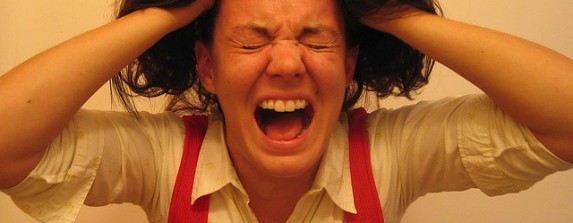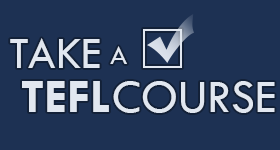Category: Teaching Resources
Losing Control of Your ESL Classroom
Your ESL classroom is a place where control can quickly be flipped, a teacher has to stay vigilant in making sure that this balance is not disturbed too much. We have brought you many articles about what you should be doing in your ESL class, but we haven’t covered what you should not do in your ESL class. This article explores the big no no’s every teacher should be aware of.
Keeping Your Cool
Keeping your cool as a teacher is something we all have to do. As teachers, we have all had those moments of complete frustration. You already have had a rough day, your students are having difficulty focusing, and you’re starting to lose your cool. At these points, it’s even more important to remember, stay calm and keep teaching on.
Discipline in a Chinese University
Discipline in a Chinese University takes on a different form to the discipline I was used to implementing in an ESL class. Most students at universities are very motivated and want to study very hard. However, you may find some students in your university have issues with discipline, motivation, or responsibility.
Struggling ESL Students
Struggling ESL students will be something that every teacher faces, and it is important that you help them in the right way. If you are lucky enough to have an ESL class that is all at the same level, enjoy it!
Quick Filler Activities for ESL Classes
Filler activities are essential and every good ESL teacher has a handful (or more!) of simple, no-set-up filler activities for when a lesson finishes super early. But sometimes you don’t have ten or fifteen minutes – or even five! – to go into a more elaborate activity.
Lesson Planning with no Benchmarks
Lesson planning is something that all teachers will have to do, but we are often confined to a course book or teachers guide, but what happens when you have no limits? where do you begin from there?
ESL Class: Daily Routines
Your ESL class should always have a daily routine to follow to allow some structure. We all need routines throughout our days. They keep us focused, keep us productive, and help us know what to expect.
Teaching Tools: The Sticky Ball
As teachers, we have numerous teaching tools and teaching games that can help our lessons and motivate our students. These tools range from physical objects and toys to the feedback we give and diction we use every single day with our students.








